To wrap up 2023, Mediaweek is looking at the biggest trends, events, platforms, and brands of the year.
Welcome to Mediaweek’s A to Z of 2023 … and beyond.
By Abbie Dubin-Rhodin, senior strategy director at Special Australia
2023 has been…something. The hottest year on record. The year the RBA raised interest rates 5 times. And HECS debt grew by $5.3B. And to buy a house in Sydney, you would need an annual income of $270,000–in a city where the average income is $80k.
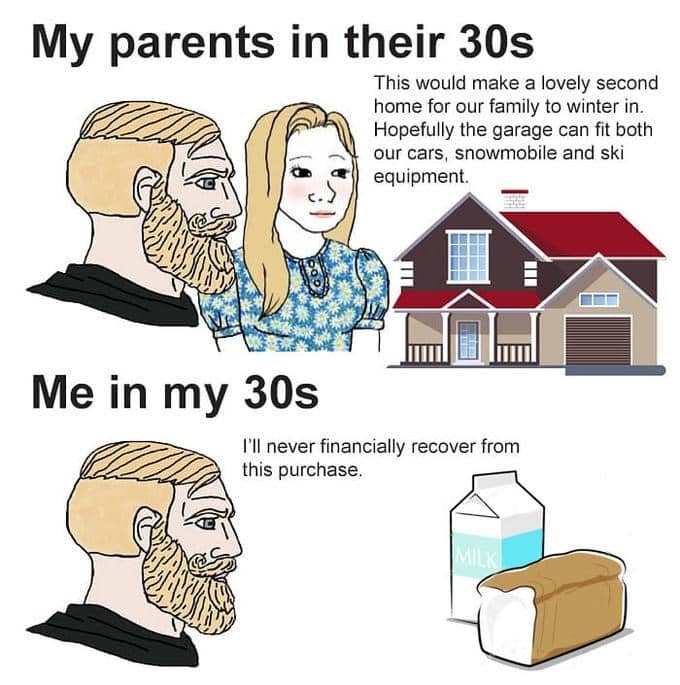
Not to mention the ever expanding, seemingly self-propelling series of systemic catastrophes cropping up daily, many of which pose deeply existential threats to our survival.
As we watch the world around us crash and burn live on TikTok, it’s understandable why we’ve all gotten so thirsty for the past.
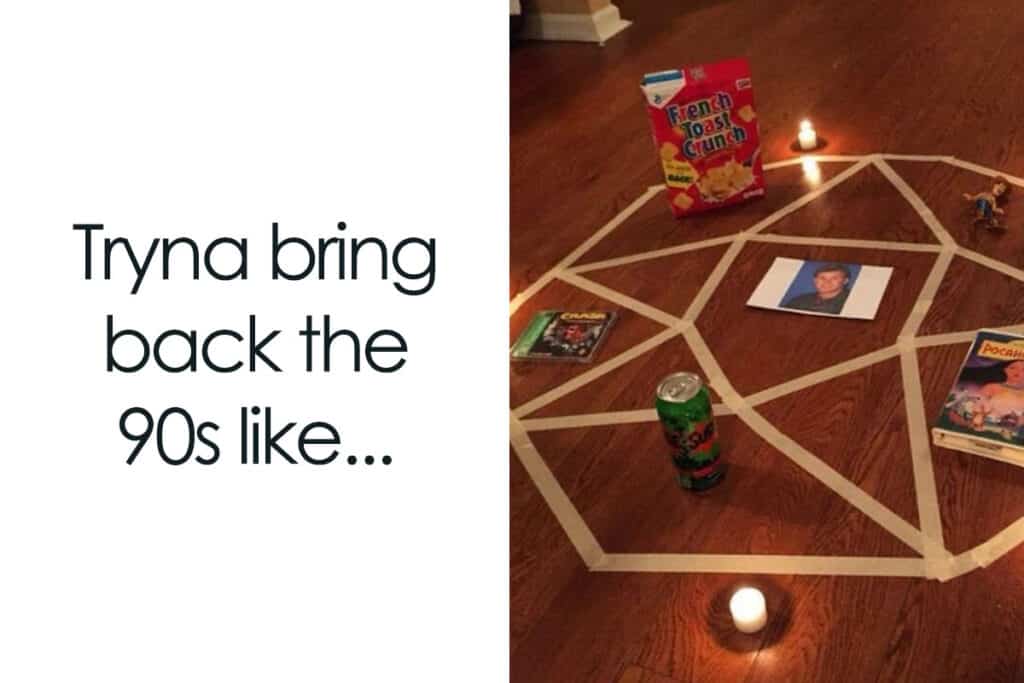
And our collective nostalgia is fueling its own economy–from the (low)rise of early noughties fashion to an exponential growth in cassette sales.
You don’t even have to have lived through these eras to crave their comparative simplicity and buy the brands that say they’ll offer you a bit of rose-coloured comfort. You just need to feel like life must have been simpler, and by virtue better, back then.
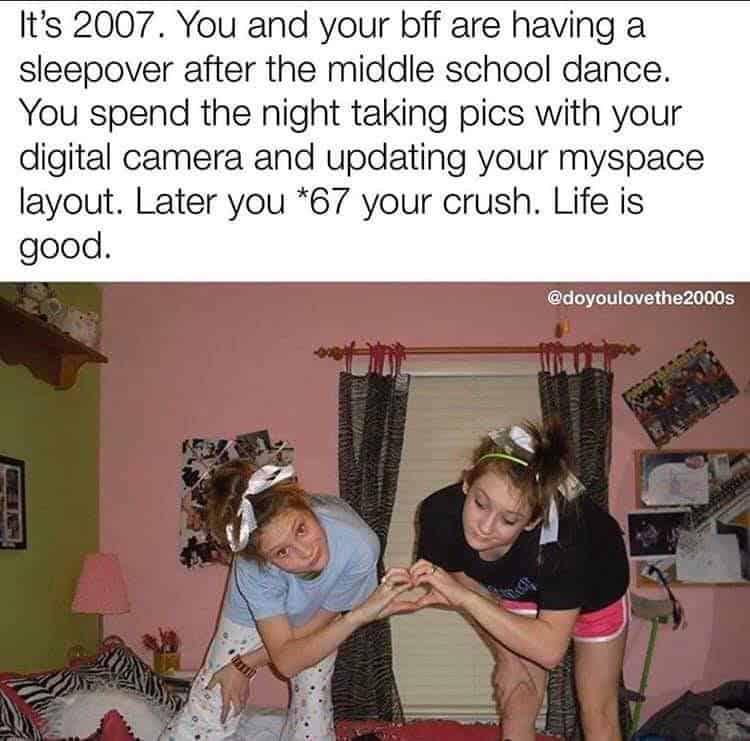
And where culture goes, brands follow, making nostalgia one of their most popular and prolific creative strategies of 2023.
Legacy brands dove into their archives and emerged with mirrors into our childhoods
Nostalgia is extremely hard, if not impossible, to manufacture. It’s why legacy brands have an upper hand in creating it, because their products are genuine artefacts of our formative years.
It’s why Barbie–both the ad blitz and the movie–leant so heavily on generations of (mostly) girls’ experiences with their own Barbie dolls. And why the decision to sell a limited edition Weird Barbie after the film’s release remains a particular highlight of this nostalgia marketing masterclass.
It’s why McDonald’s has spent the last year unearthing long-forgotten brand characters from the 80s and 90s, like Grimace and the McNugget Buddies. We loved them when we were kids, and while cost of living keeps most childhood collectibles out of reach, a Grimace shake or a DJ Kirwen Frost designed adult Happy Meal (with collectible McNugget Buddy) is actually doable.
Video games recreated their own early days to reconnect with and reward fans
In industries where the business model depends on annual/semi-annual releases–like fashion or entertainment–artefacts of early or specific seasons can take on a cult-like status, particularly if they’re difficult to find or discontinued.
Two leaders in gaming, Fortnite and FIFA, tapped into that reality to reinvigorate their fan bases and create massive hype for themselves.
In November, Fortnite re-released its OG island map and announced ‘Fortnite Season OG’ to allow players to rediscover fan-favourite locations and weapons, resulting in the game having its biggest day ever, with 44.7 million players logging in on launch day.
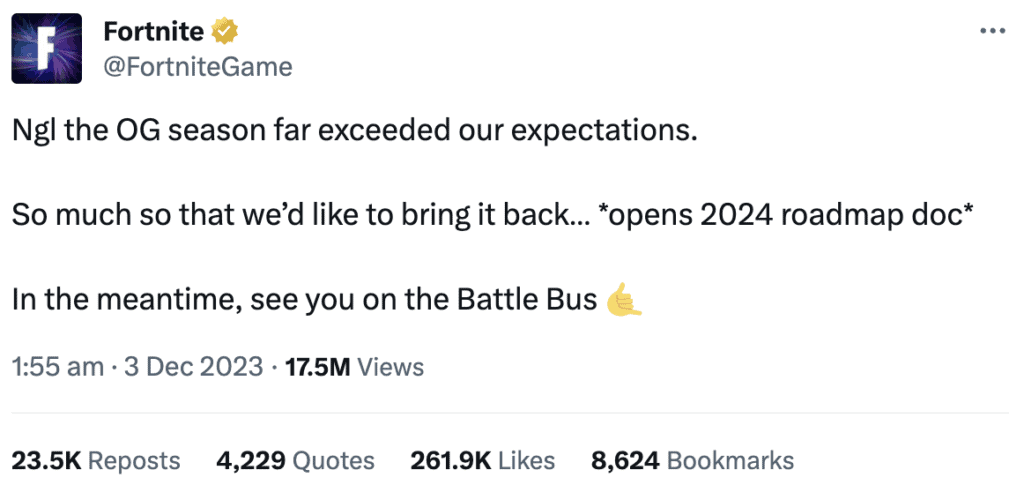
FIFA knows its soundtracks generate a ton of buzz and almost universal love–even among their haters. So this year surprised fans by restoring their favourite songs from the last 25 years as part of the World Cup Update to FIFA 23,
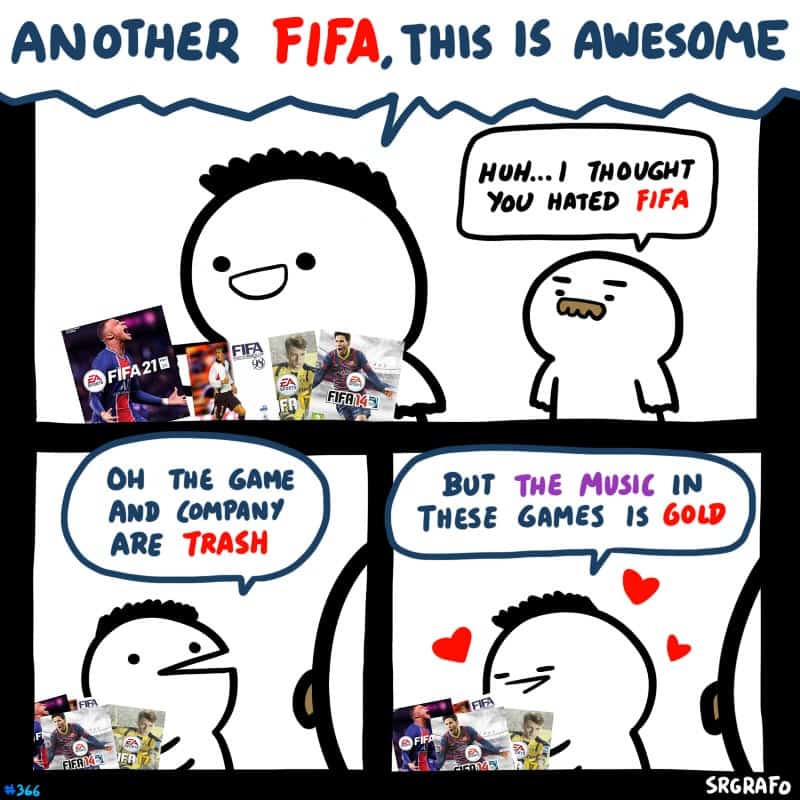
Nostalgia isn’t a silver bullet for brands looking to emotionally placate people strung out by the polycrisis into shopping more. But for the brands that can find the right cues and right rewards for the right audience – consider this my official plea for a brand to release The Secret Garden themed anything – it’s a timeless strategy with the potential to grow and evolve as new generations age and find comfort in their version of better times back then.
See also: Mediaweek’s A to Z of 2023: M is for Magazine Publishing
–
Top image: Abigail Dubin-Rhodin
